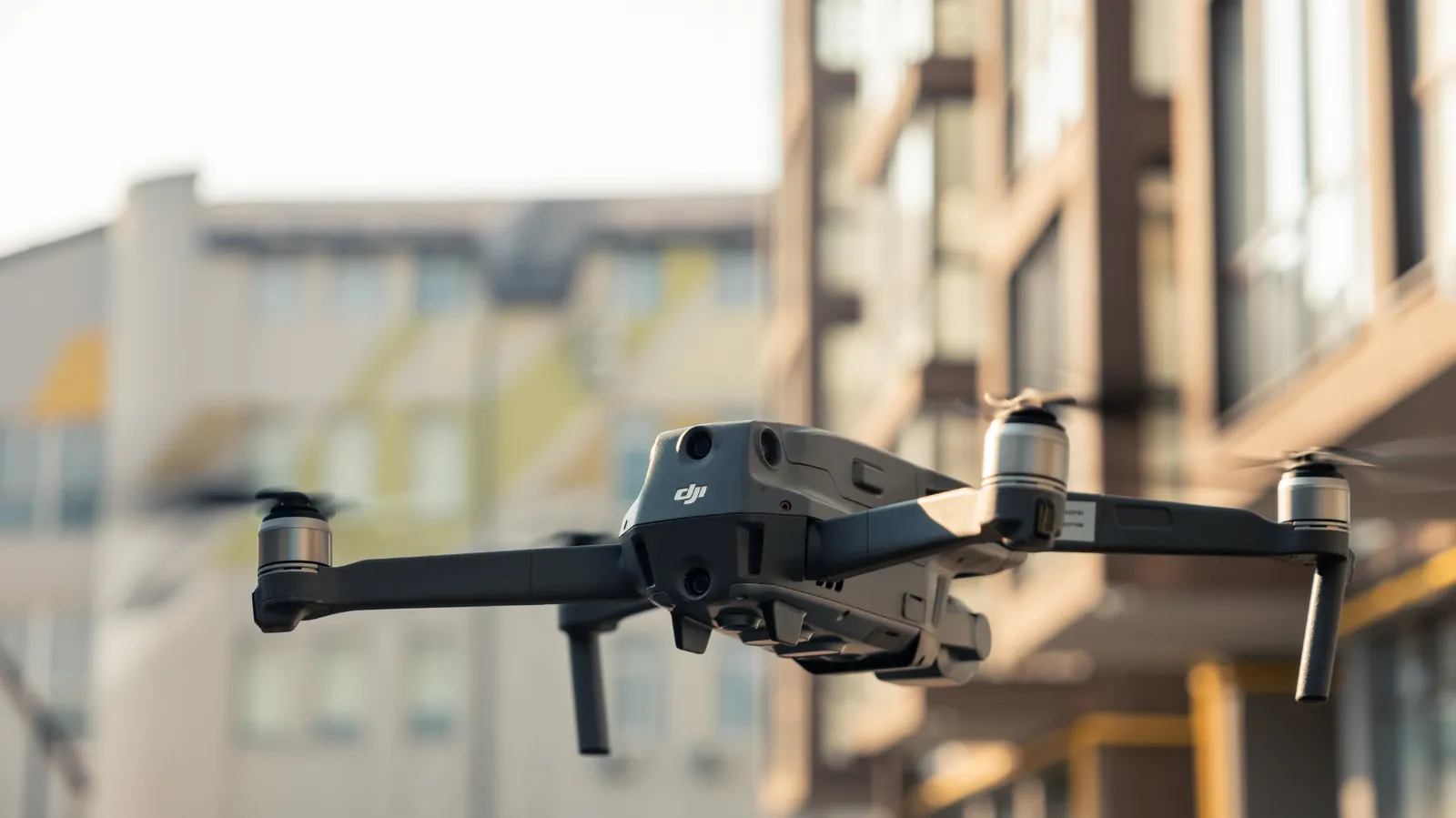Drone photography has become an impressive tool that enables the popular capture of aerial images today. This guide aims to help those interested in aerial photography enhance their skills and become professional drone photographers.
How to Choose a Quality Drone?
-
Research drone models that suit your needs.
-
Opt for a drone with a good camera quality and flight duration.
-
Evaluate remote control and other features.
Legal Regulations and Permissions:
-
Research the drone usage regulations in your area.
-
Obtain the necessary licenses and permissions for drone usage.
-
Adhere to legal restrictions while flying.
Ensuring Flight Safety:
-
Learn the basic rules for safe drone operation.
-
Check weather conditions and avoid flying on windy days.
-
Be mindful of your surroundings and keep a distance from objects and people.
Basic Photography Tips
-
Master light management, including shooting during the golden hours.
-
Experiment with shadows and light to create dramatic effects.
-
Use HDR techniques to balance high-contrast scenes.
Drone Techniques and Tricks:
-
Capture moving objects, such as sports events or vehicles.
-
Utilize features that allow your drone to track and follow subjects.
-
Freeze fast-moving objects with low shutter speeds.
Panoramic Photography:
-
Use wide-angle shots to capture breathtaking landscapes.
-
Especially in mountainous or waterfront areas, take panoramic shots.
-
Create high-resolution panoramas by merging different frames.
Time-Lapse Shots:
-
Use time-lapse to observe slow-paced events like sunsets or cloud movements.
-
Conduct long-duration shots on stable ground and with a fixed frame.
-
Use suitable software to create time-lapse videos in post-production.
Post-Production Processes:
-
Utilize photo editing software like Adobe Lightroom and Photoshop.
-
Optimize color, contrast, sharpness, and other settings with editing tools.
-
Shoot in RAW format for more editing flexibility.
Color Corrections:
-
Properly adjust color balance and temperature settings.
-
Use color adjustments to create emotional impacts with tones.
-
Emphasize blueness and cloudiness in aerial photos to highlight the atmosphere.
Special Effects for Aerial Photos:
-
Create atmospheric photos by adding special effects like clouds, fog, and sunlight.
-
Use lens flare and motion blur effects carefully.
-
Develop unique effects that reflect your style and leave a signature on your work.
Tips for Professional Drone Photography:
-
Build a portfolio showcasing your best photos.
-
Include various types of aerial photographs and projects in your portfolio.
-
Share your portfolio on online platforms and social media.
Customer Relations and Marketing:
-
Define your target audience and focus on them.
-
Utilize social media to interact with potential clients.
-
Enhance credibility with references and customer reviews.
Continuous Learning and Development:
-
Stay updated on technological advancements and learn new techniques.
-
Interact with other drone photographers to share experiences.
-
Improve your skills by participating in workshops and training programs.
Now you have the fundamental knowledge and tips to become a professional in drone photography. Pursue your passion, explore the world from different perspectives, and continuously improve yourself to capture unforgettable aerial images. It's time to take flight!

